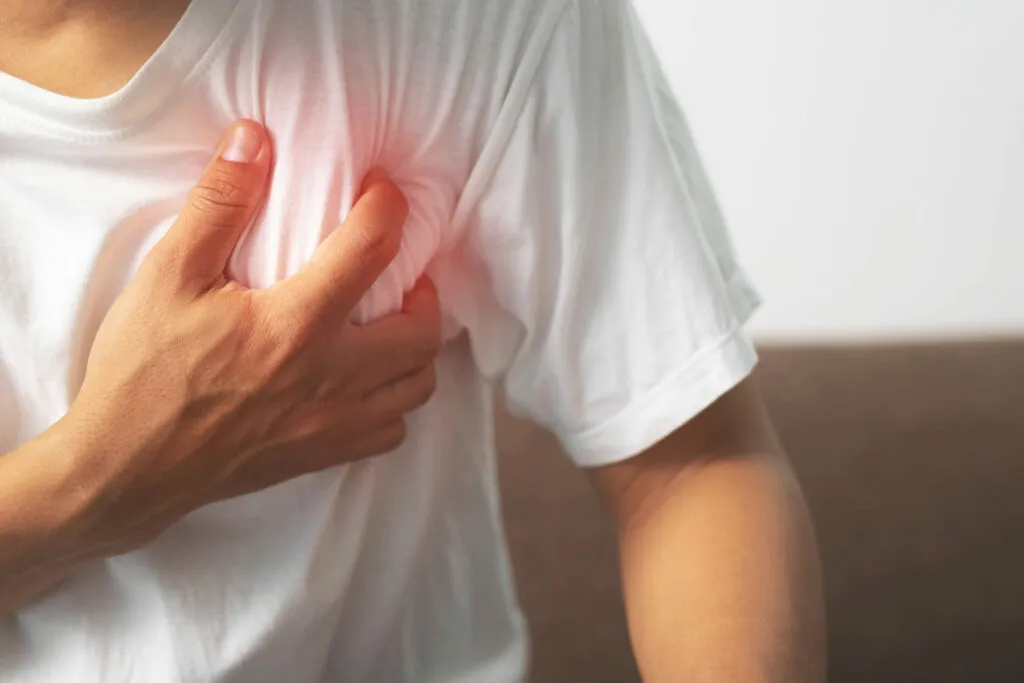
Last Updated On: September 9, 2024
If you have ever wondered how painful it is to undergo a CPR first aid procedure or resuscitated back to life, you are in the right place.
Cardiopulmonary resuscitation (CPR) is a simple operation that, however, has the potential to significantly improve the survival rate of patients who suffer from sudden cardiac arrest, which is most commonly caused by coronary heart disease. Although CPR seems to be a procedure that involves a degree of violent compressions and depending on the age of the person, may lead to cracked or bruised ribs, it is important to note that pain is mostly registered only if a person is conscious to feel it. In almost all cases where CPR is necessary, a person is almost always guaranteed to be unconscious. A cracked rib or two is generally seen as a fair trade off for being resuscitated – given that fractured ribs heal.
Moreover, first-hand accounts from survivors even describe not even remembering CPR and only having “hurting ribs for about a month.” In order to understand what it feels like to undergo CPR or be resuscitated back to life, particularly in cases involving heart attacks, we need to understand what happens to the body after the cardiac arrest and the effects of CPR are at each stage. One must know when to do CPR. The faster a cardiac episode is treated, the better the survival chances. The entire “chain of survival” idea is meant to reduce intervention time from recognition through advanced care.
The effects of cardiac arrest on the body are often limited in the first few minutes following the event as the body’s supply of oxygen has not been depleted. Increased risk occurs as time passes and the body expends its remaining oxygen. When it comes to survival, administering defibrillation is most likely to have the greatest impact during this phase, and AEDs are critical during this phase because the restoration of blood flow occurs before the effects of oxygen deprivation become apparent. When the AED is used, the goal is for the heart to be restarted so that the body can start pumping blood and oxygen on its own. It is nevertheless critical to deliver CPR compressions in the absence of a defibrillation device in order to ensure that the patient receives adequate oxygenation.
During this second phase, the shortage of oxygen takes precedence over the fact that the heart has stopped as the body’s major emergency. The CPR first aid procedure helps to restore some oxygen to the system before defibrillation can be as effective as it can be in treating the patient’s condition. The cells begin to shut down and store poisons that would normally be transported out by a healthy and active system if life-saving measures are not taken and oxygen is not reintroduced during this phase.
During this phase, as a result of inadequate blood flow and subsequent oxygen shortage (ischemia), cells die and organs begin to shut down. The longer this continues, the greater the amount of tissue damage that occurs. When toxins build and circulation resumes, it is believed that a new danger of further system harm is put into the equation. Further tissue damage occurs as a result of the circulation of blood that contains toxins that have accumulated over time (reperfusion injury). Therefore, the key here is to intervene early and intervene effectively if you seek to administer CPR successfully.
Many people have DNR (Do Not Resuscitate) orders or other legal instruments in place that prevent attempts to resuscitate them using cardiopulmonary resuscitation (and/or other techniques of resuscitation). A DNR order can be used to specify which aspects of resuscitation therapies the patient does not wish to be involved in.
The pain involved is minimal and insubstantial if CPR is done by a trained professional. From understanding the right amount of pressure needed for each compression to smoothly performing intubation, the skills required to administer CPR effectively are wide and also in line with updated recommendations following discoveries and medical advancements.
CPR can cause damage to the ribs or the sternum. The heart may risk being bruised or you could even accidentally push broken ribs through the heart or puncture lungs. Register for ACCA’s CPR training courses today. You will receive a CPR certification card upon course completion and be trained rigorously by standards.

